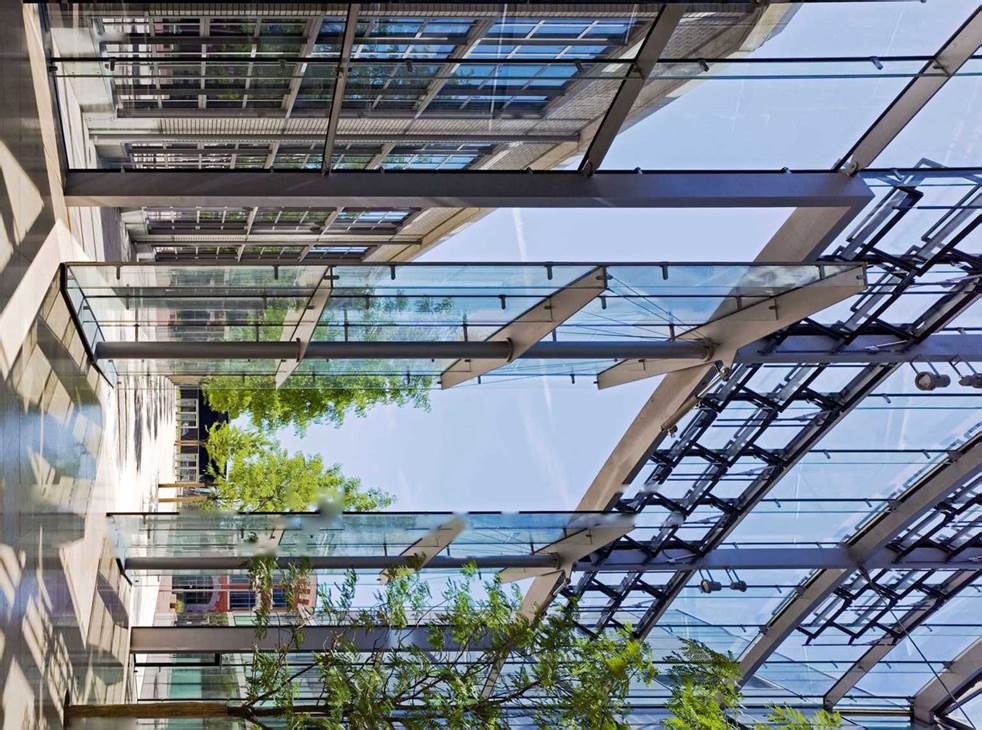Mankind’s original primitive habitat, the cave, provided shelter from wind and rain, shade from the sun, and natural ventilation. Fuel for heat, light and cooking was found locally from sustainable sources. Successive generations of cave dwellers left minimal impact on the environment. However, since the moment early man was compelled to venture further afield in search of food and shelter for a multiplying population, subsequent building activity has gradually impacted on the resources of the planet. We have now reached the point where these resources have become seriously depleted.
The challenge now facing 21st century mankind is to provide evolved buildings that no longer endanger the Earth’s fragile ecological systems. Eco-Urban Design demonstrates how design teams worldwide are rising to this critical challenge.
The featured projects consider how best to provide the basic functions of a building, air of adequate quality, controlled balance of lighting and shade, economical provision of energy and consideration of the health and well being of its occupants. Architects and engineers, mindful of the consequences of their design decisions, are now setting the precedents for both the renewed and the new built environment.
“Eco-Urban Design”,reviews the full spectrum of building activity, beginning with publicly funded buildings. The more responsible government agencies now strive to commission buildings which are not only fit for purpose but are also models of energy efficiency and sustainability. A culture of waste and egocentric design is gradually being eradicated. Buildings such as the Environmental Protection Agency building in Denver epitomise this new ethos without diminishing the architectural merit of an important public building.
In the competitive world of commercial property, developers looking to gain an advantage now see investment in green technologies and energy saving designs as vital to the success of a project. This initiative directly responds to the demands of today’s more discerning potential occupiers. Similarly, increased consumer demand for affordable housing has sparked a revival in community based schemes. In many cases both public and private sectors join forces to provide value for money solutions. Many of these sophisticated residential schemes are able to trial renewable energy technologies on site, contributing greatly to the common cause.
Where a single family has ambitions to tailor a dwelling to their own individual needs, architects and designers now work closely with these clients to advise on strategies for an economical, sustainable lifestyle. It is evident that these aspirational clients need not compromise on architectural style in creating these inspired, ecologically sound, private homes.
The projects featured are extremely varied in terms of use, scale, geographical location and financial budget. Individually and collectively, they all provide a valued contribution to the evolution of good design, and positive proof that it need not cost the Earth. J. A. Flannery
4 Introduction
|
*дая |

|
| U: і |
if І – ‘‘"ШШ |
Ш If/JF |
|||
|
………. ……….. і /куЬ |
і / |
^ г“ |
ш J^T————– – JI |
||
|
1 j’i-r" |
fe |
t ~~ ~ ІЛУг і,- – |
————- І /С |
у’Л |
9 "19,



